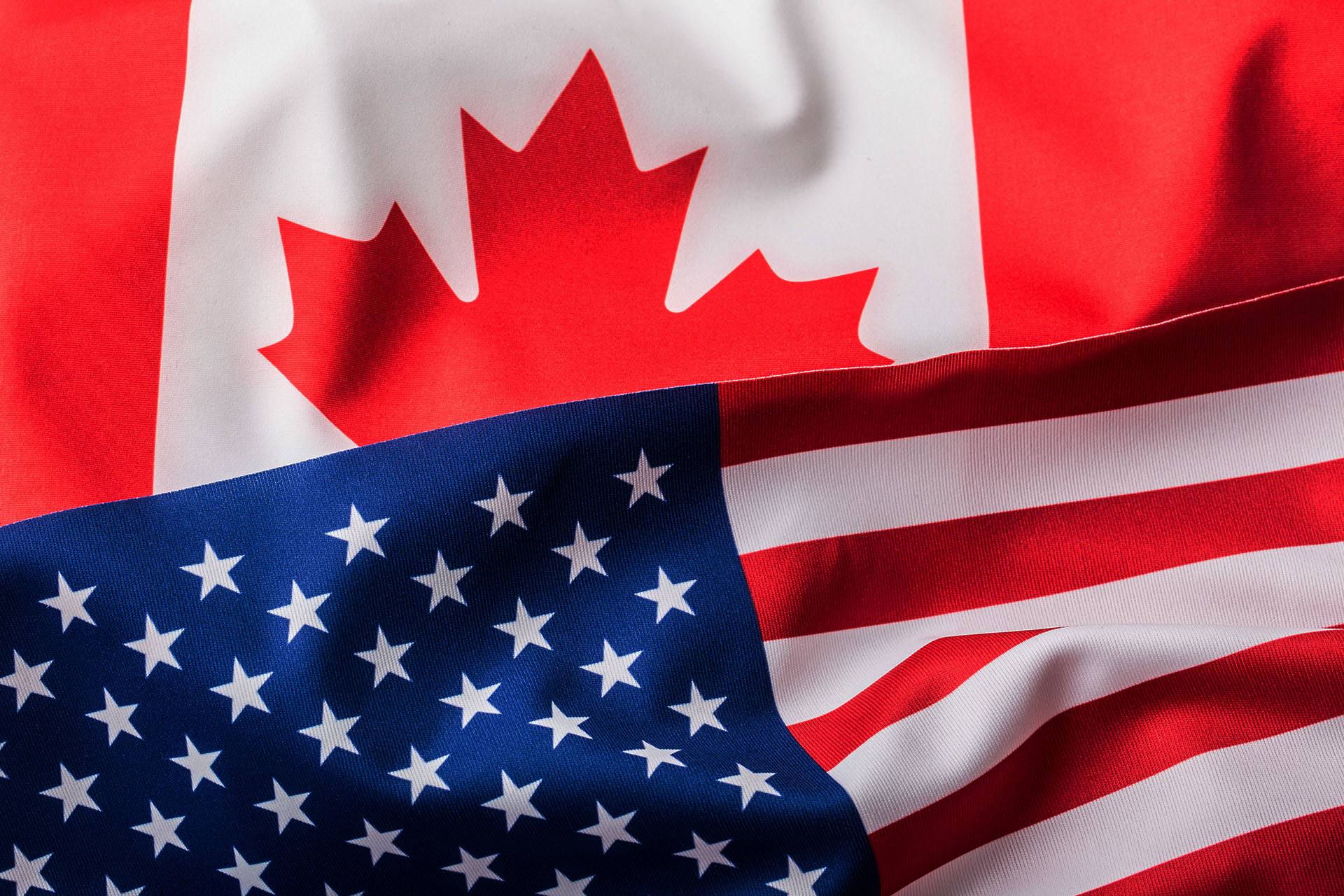- +1 (416)-456-6161
- info@cictoronto.com
Moving from USA to Canada
Temporary move to canada
U.S. residents hoping to work or visit Canada incidentally have a variety of choices to do as such. Different assentions have been made by the Canadian and U.S. governments to have a protected and enduring exchange stream between
the two nations.
This permits natives of U.S. furthermore, Canada to move openly crosswise over fringes and work incidentally on the off chance that they can meet certain qualification criteria.
Permanent Move to Canada
U.S. citizens or Temporary Residents can apply for a permanent residency in Canada under one of the following categories:
- Express Entry
- Provincial Nomination
- Family Sponsorship
- Business Immigration
Temporary Move to Canada:
U.S. citizens looking to work or visit Canada temporarily have a lot of different options to do so. Various agreements have been made by the Canadian and U.S. governments to have a safe and steady trade flow between the two countries. This allows citizens of U.S. and Canada to move freely across borders and work temporarily if they are able to meet certain eligibility criteria.
Permanent Move to Canada:
U.S. citizens or Temporary Residents (people on H1B visa, H4 EAD, F1,CPT, OPT etc.) can apply for a permanent residency in Canada under one of the following categories:


